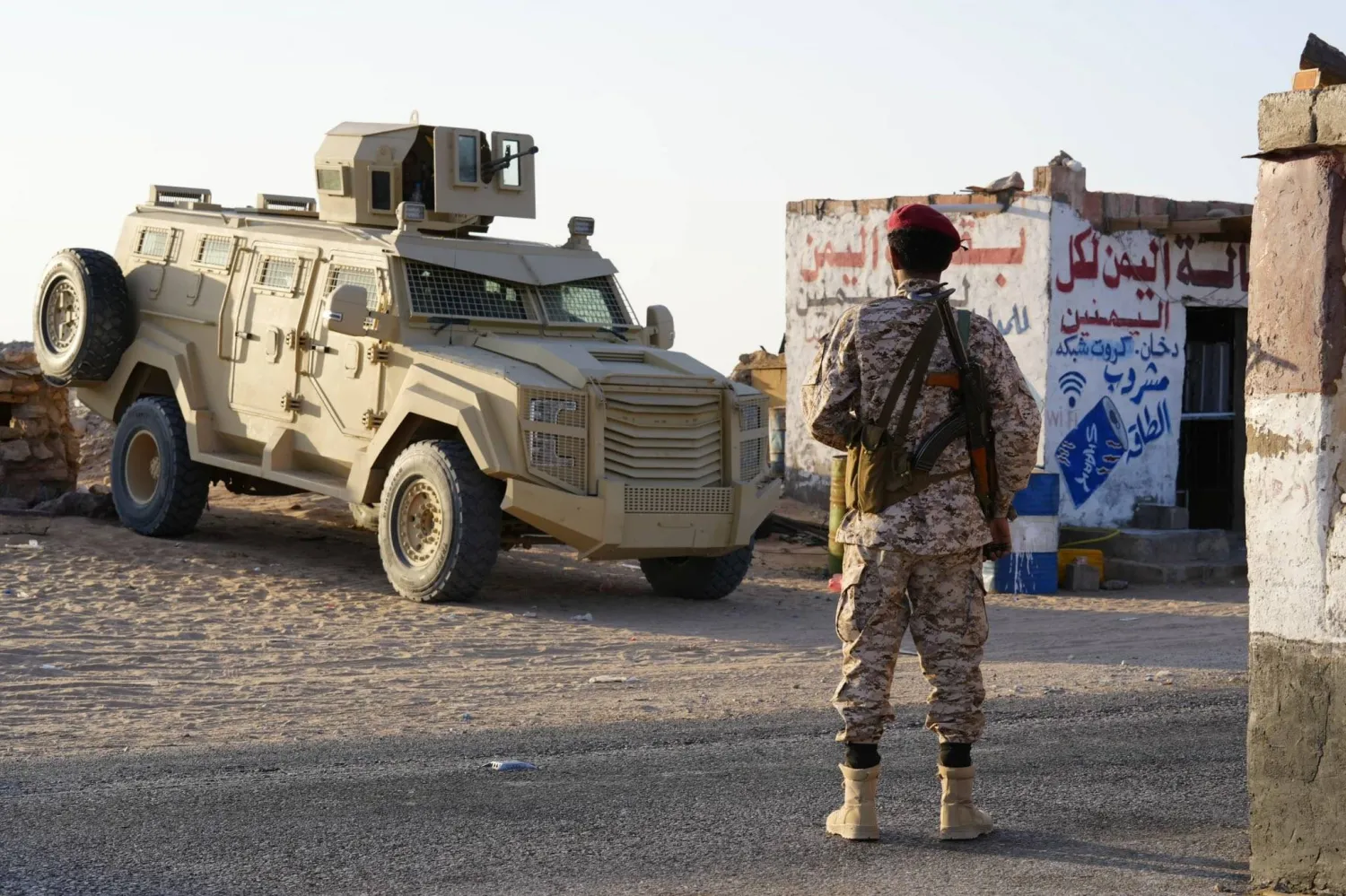The Syrian Observatory for Human Rights (SOHR) documented the death of 499,657 people since the outbreak of the Syrian uprising.
The Observatory also announced that the death toll included 1,712 Lebanese Hezbollah members and 8,628 others from non-Syrian militiamen backed by Iran and Russia.
Last year, the United Nations Human Rights Office announced that it compiled a list of 350,209 identified individuals killed in the conflict in Syria between March 2011 to March 2021.
In March 2011, the Observatory announced that 494,438 people had been killed since the start of the conflict in Syria when protests turned into an armed conflict.
The Observatory said that the civilian deaths are 160,681, including 120,158 men, 15,237 women, and 25,286 children in its new report.
It detailed the deaths as follows: 49,359 civilians died under torture in regime prisons, 52,508 were killed in shelling and gunfire by regime forces, and 26,403 in airstrikes by the regime’s air force.
In addition, 8,683 civilians were killed by Russian bombardments, and 2,504 others were killed in airstrikes, the source of which was not confirmed.
SOHR also reported that factions killed 2,320 civilians, militants killed 900 civilians, while 1,692 civilians died in various attacks. Up to 919 civilians died of poor living conditions, and the International Coalitions killed 2,676 civilians.
The non-civilian deaths amounted to 338,976 and were distributed as follows: 91,267 from the regime forces, 67,242 from militias loyal to the regime, Iran and Russia, 1,712 from the Lebanese Hezbollah, and 8,628 from non-Syrian militiamen backed by Iran and Russia.
The list also included 8,017 dead during the fighting and militant factions, 3,588 dissidents from the regime forces, 10,886 of the Syrian Democratic Forces (SDF), 3,228 Kurdish fighters, and 41,101 ISIS terrorists.
The Observatory added that the figures do not include more than 55,000 citizens killed under torture in the regime’s prisons.
The report also does not account for over 3,200 Kurdistan Workers’ Party fighters who were killed during their fight alongside the SDF.
Furthermore, the Observatory could not verify the status of over 3,200 civilians and fighters abducted in ISIS prisons and more than 4,100 prisoners and missing members of the regime forces and loyal militiamen.
The Observatory said that over 1,800 persons were kidnapped by militant factions, ISIS, and Fateh al-Sham Front (former Jabhat Al-Nusra) on charges of “loyalty to the regime.”
The ongoing military operations, shelling, bombardment, and various explosions have injured more than 2.1 million civilians and displaced about 13,000,000 other civilians, including hundreds of thousands of children and women.
Meanwhile, the US State Department said that Washington does not support efforts to normalize relations with the Assad regime and will not normalize relations until there is irreversible progress towards a political solution.
“We will not normalize relations with Assad until and unless there is irreversible progress towards that political solution. The Syrian people deserve nothing less after more than a decade of war,” said spokesman Ned Price.”









